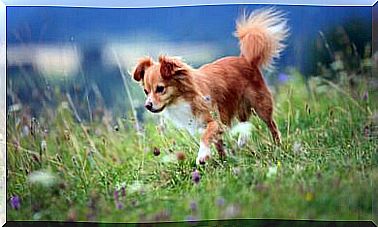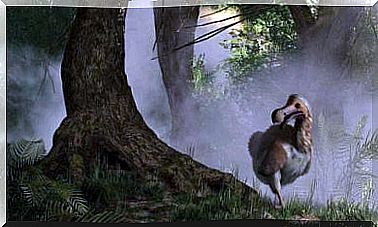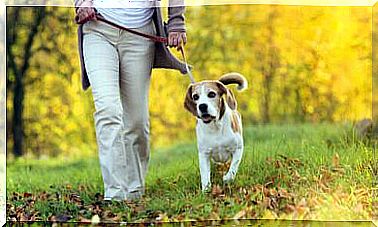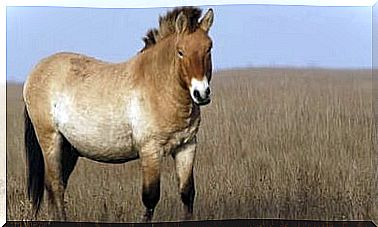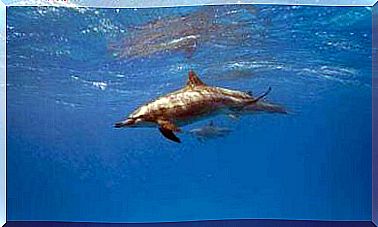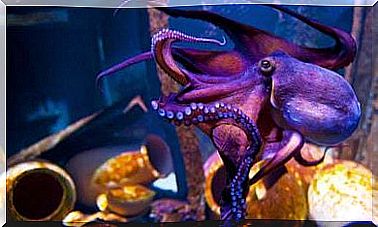An Eagle Never Stops Hatching Its Eggs
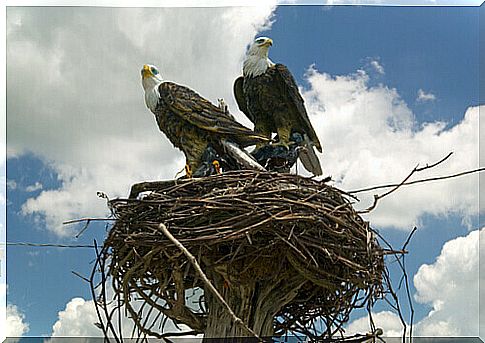
Some recently released images show how an eagle did not leave its nest despite a snowstorm raging.
The images come from Hanover, in the North American state of Pennsylvania, and have generated great admiration for the integrity with which the animal has remained next to its eggs to take care of them, without being intimidated by the adverse climatic conditions.
A wonderful story: an eagle does not leave its nest despite the snow covering it completely
The bird in question is an American bald eagle which, despite being completely covered in snow for moments, moved exclusively to shake it off and continue to hatch its eggs.
It is indisputable that these animals are prepared to survive in unfavorable weather conditions and low temperatures.
Yet the chambers could not document the fact that the eagle was not alone during the undertaking, but alternating with his companion.
The Eagles Nest

These monogamous birds – eagles seek another partner only in the event of the death, disappearance or reproductive incapacity of their mate – choose a permanent place to nest, generally on the canopy of tall and strong trees.
However, the nest can also be built clinging to a precipice or even on the ground.
The nests built, sometimes in two, are impressive. The largest ever measured was six meters wide and six meters high, and weighed more than two tons.
To fill them, feathers, moss, herbs and branches are used . Since the nest does not change year after year, they continue to add material both inside and outside, to provide a comfortable place for the young eagles.
If for some reason the nest is destroyed or eliminated, they erect another one in the immediate vicinity.
An exemplary pair
The female lays one to three eggs each spring, and these are incubated by both parents.
The chicks are born after 35 days, and both parents take care of them by sharing the tasks. When the chicks are 12 weeks old, they will eventually be able to fend for themselves.
However, the mortality rate is high : only half of the eagles survive their first year of life. Those who do, however, can live up to 50 years in the wild and 60 in captivity.
Other characteristics of the bald eagle
These magnificent animals recognizable thanks to the white feathers on the head and tail – which despite the name is not bald – are second in North America in terms of size, surpassed only by the American condor.
Their other characteristics are:
- They have a large, yellow beak, legs and eyes of the same color.
- They live near water and away from areas where there are signs of human activity.
- They use their heels to fish.
- They hunt small mammals.
- They can eat carrion or steal prey from other animals.
On the verge of extinction
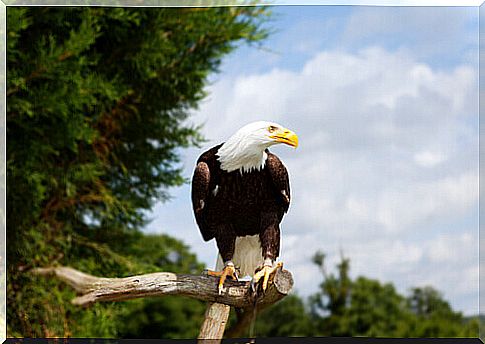
Despite representing one of the national symbols of the states of North America and appearing on most official crests, these birds were on the verge of extinction until not so long ago.
Some of the causes of their near disappearance were:
- Sport hunting
- Persecution in order to “protect” fishing areas
- Pesticides
The use of the DDT insecticide, for example, caused massacres among eagles and other birds that eat more fish. This poison in fact limits the reproductive capacity of these species, making the shells of their eggs more fragile.
A more promising present
Starting in 1972, when the use of DDT was limited, a repopulation of bald eagles took place in the United States, also favored by some reintroduction programs.
Although the number of the eagle population has increased in much of the United States, most of these birds are found in Alaska and Canada.
Examples can also be seen in northern Mexico and on the island of Puerto Rico.
An example to follow
Perhaps we humans should learn from these animals and their way of protecting the little ones, as well as the way in which responsibilities are shared within the couple.
Remembering that an eagle does not leave its nest even in the face of an imposing snowstorm should serve as an example for us not to get down in the face of the adverse situations that life can reserve for us when we raise our children.
